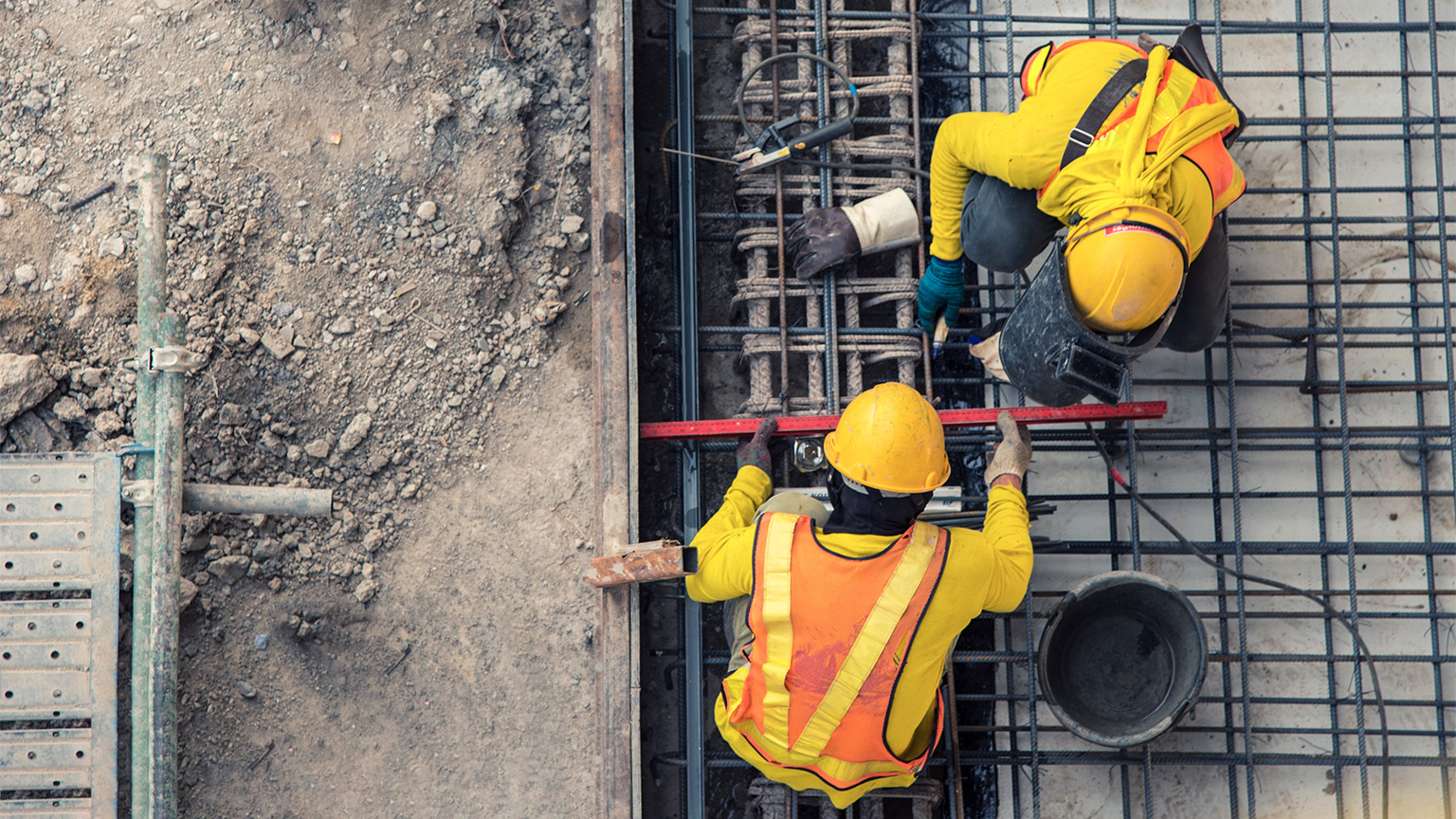Why construction is considered high-risk
When you stop and think about a construction workplace for a minute, you can understand why they are high-risk environments. They are busy, noisy places filled that are often filled with heavy machinery. There might be people working at height. Other people may be using power tools. You may also have some people working in confined spaces, some working with hazardous materials and substances and others working around electricity and gas. There’s also heavy lifting, the risk of injury from manual handling, trips and falls, sunburn.
Legislation
Legislation and workplace policies and procedures exist to keep everyone and the environment as safe as possible while work is being carried out. The legislation comes in the form of acts and regulations. Codes of practice aren’t legally enforceable (but they can be used in court as evidence that legal requirements have or have not been met).
Risk management
In a construction environment (as in all workplaces) it is important to have a systematic process in place for identifying, assessing and controlling hazards. There are four steps to managing WHS risks. Identifying hazards, assessing hazards, controlling hazards and reviewing controls. The risk assessment matrix is used to determine the risk rating and the hierarchy of controls is used to determine an effective control for identified hazards.
Reporting
Reporting means that data can be collected, training gaps identified and helps raise awareness of emerging issues. A notifiable incident is any incident that has caused harm to someone and they require any kind of medical treatment, anyone who has been hospitalised or a death.
Hazardous substances and materials
Workplaces, manufacturers, suppliers, importers and transporters have a number of responsibilities in relation to controlling the risks associated with hazardous substances and materials. In particular, asbestos is a very dangerous substance and upon finding it, you should notify other workers in the area and alert the supervisor.
Planning and preparing to work safely
Even simple things like accurately planning quantities of the materials that you need make sense. If you are not making unnecessary trips across the site, you are reducing traffic. If you are not handling more material than necessary, you are potentially avoiding manual handling issues.
Following emergency procedures
Emergency plans are a written set of instructions that outlines what workers and others at the workplace should do in an emergency. It’s a requirement for an emergency contact to be clearly identified on each work site. Usually, this is a poster, sign or board attached to the fence surrounding the work site. It is also likely that there is an emergency response poster which is in a prominent position on site. You should ensure you’re familiar with your organisation’s/work site’s emergency plan so you’re able to follow it immediately in the event of an emergency.
Safe Work Australia has developed a Model Code of Practice for managing work health and safety risks. When you open the document, you will need to read Chapter 4 to learn a little more about the hierarchy of controls.
Click the following titles to learn more information:

